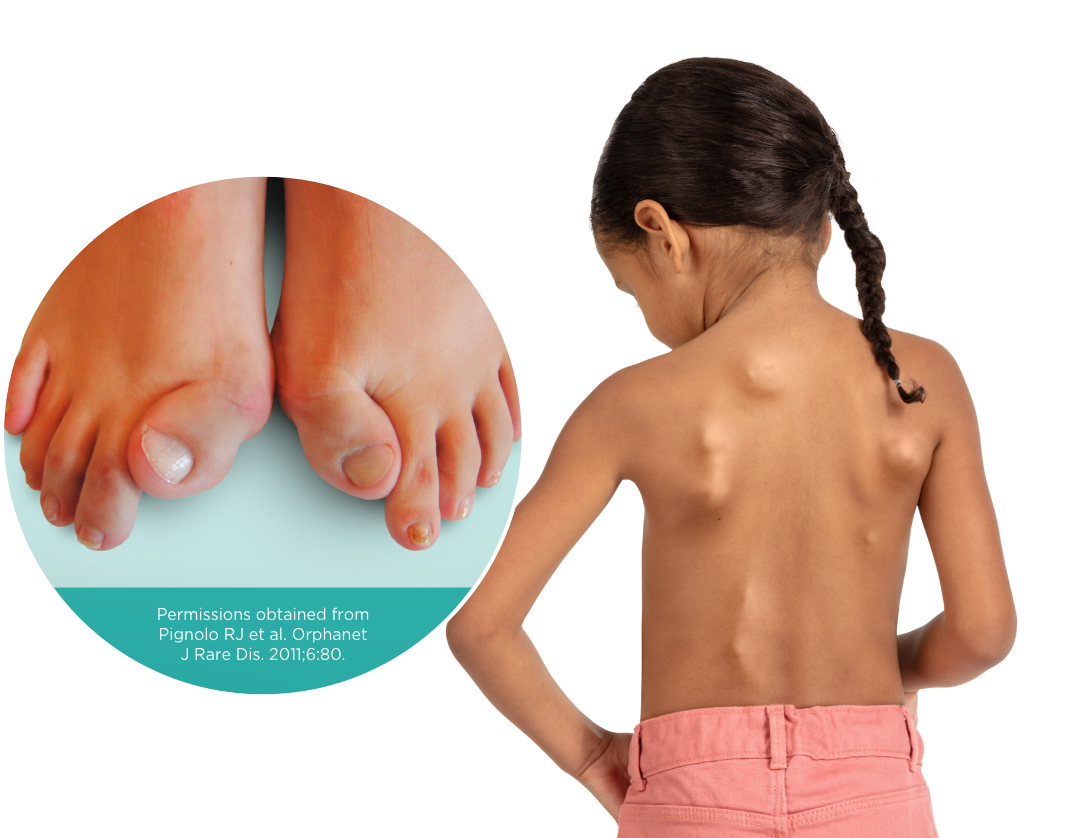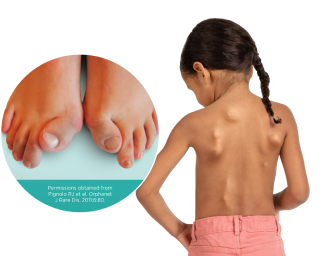What is FOP?
FOP is a progressive, disabling,
ultra-rare
The Food and Drugs Administration defines a rare disease as any condition affecting less than 200,000 people. There is no formal definition of an ultra-rare disease in the US,6 but in the UK, the National Institute for Health and Care Excellence has defined it as a prevalence of <1 per 50,000 people.7
genetic disorder that is characterized by cumulative and irreversible
heterotopic ossification (HO)
Heterotopic ossification, or HO, is the presence of bone where bone should normally not exist.3
within soft and connective tissues that leads to loss of mobility and shortened life expectancy.1-3
Resources
Browse a host of downloadable resources to learn more about FOP, including guidance for emergency care and a diagnostic handbook.

Connect with a local physician familiar with FOP
Search our database to locate your colleagues with experience in the management of patients with FOP and find out how you contact them.

FOP has an estimated prevalence of
1.36 per million4*
FOP prevalence in the US has been estimated at
0.88 per million5†
*Based on one study that used probabilistic record-linkage of two French databases to estimate the prevalence of FOP in France as of 1 January 2012; †Based on one study that estimated the incidence of FOP in the US by compiling records of patients seen by the authors (at the University of Pennsylvania, the Mayo Clinic and the University of California San Fransisco) and patients known to the International Fibrodysplasia Ossificans Progressive Association. The cut-off date for inclusion in the analysis was 22 July 2020.
1. Pignolo RJ et al. Orphanet J Rare Dis 2019;14:98. 2. Kaplan FS et al. J Bone 2010;92:686–691. 3. Kaplan FS et al. J Bone Joint Surg Am 1993;75:220–30.
4. Baujat G et al. Orphanet J Rare Dis 2017;12:123. 5. Pignolo R et al. Orphanet J Rare Dis 2021;16:350. 6. Rare diseases at FDA. U.S. Food & Drug Administration. Available at: www.fda.gov/patients/rare-diseases-fda. Accessed July 2023. 7. Harari S and Humbert M. Eur Res Rev 2020;29:200195.


